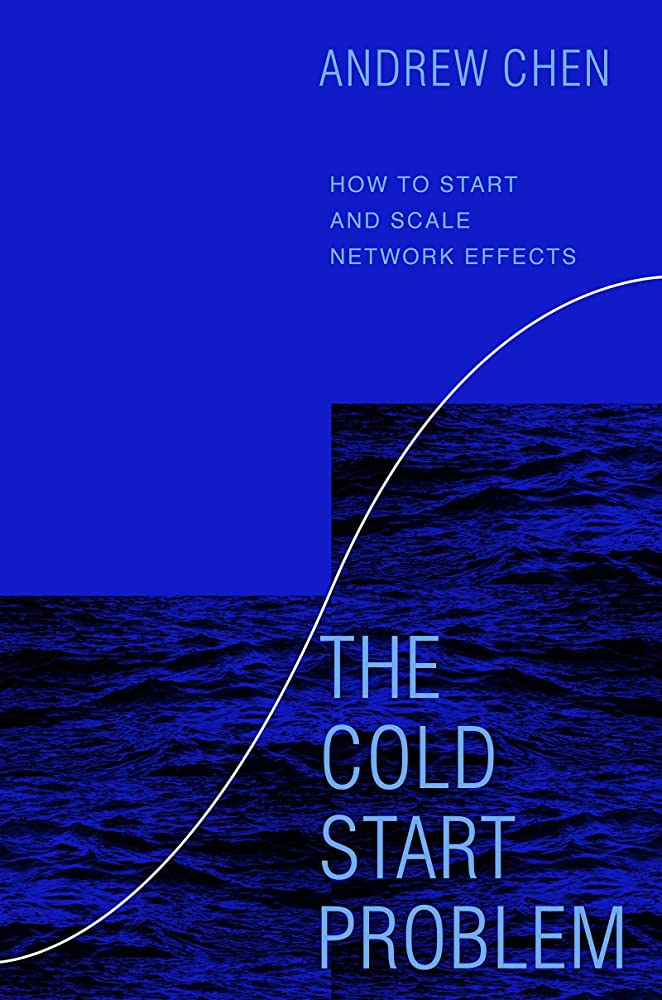Book #4 of 2023
“The solution to the Cold Start Problem starts by understanding how to add a small group of the right people, at the same time, using the product in the right way.”
This book provides a blueprint and real-world case studies for how some of the most successful companies with network effects got started. Through interviews with founders and executives from companies like Uber, Slack, Airbnb, Zoom, Linkedin and Tinder, the book details the intentional tactics they employed to get off the ground and sustain their growth.
The book covers the unique challenges that arise at different stages of growth, dispelling the myth of overnight success and the fallacy that a popular product will sustain its growth indefinitely. For anyone building a startup, this book is a must-read, and as a founder, myself, I wish I had read it early on in my journey!
Key takeaways:
Networked products differ from typical product experiences because they prioritize the interaction between users, rather than the user's interaction with the product itself. This is what makes up “network effect” and the defensibility of such products rarely depends on technology but the strength of the network connections. Because of that, the curation of the network, who’s on it, why and how they interact with each other is as important as its product design.
To launch a successful network product, find an atomic network - a small but dense and specific market with very motivated users. Target and win one at a time, building momentum to win others. The network's density and interconnectedness are key to create “magic moments” from the beginning - where users continuously find the right people they can have quality interactions with, thereby sustaining their engagement with the platform.
Not everyone in the network is created equal. Winning over the "Hard Side" of the network - the users who are willing to do the heavy lifting in the community - is critical. These are the event organizers, content creators and suppliers within the network. By constantly empowering these high-value users, they will create the value that attracts the majority of the users to stick with the product.
A big bang launch, such as a shiny PR announcement, can be detrimental for networked products in the beginning. While it may drive large signups, it can create many weak networks that are unable to sustain themselves. Users often churn quickly as they find little relevance that engages them on the platform. Joining a platform with 100 coworkers that you know is more engaging than seeing 1,000 professionals from random companies.
Once a product takes off, it requires an even larger effort to scale the network. Even products that experience exponential growth eventually face market saturation, spam, competition, and other challenges that can slow momentum. Careful management of "context collapse" is crucial to avoid alienating users. Companies often must expand to adjacent products to sustain growth and engage users, which creates a "cold start" problem all over again.
Get the book here.




